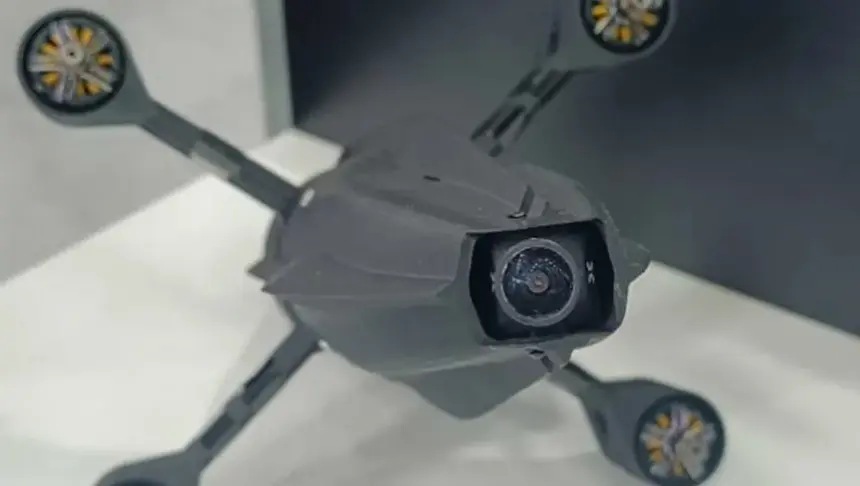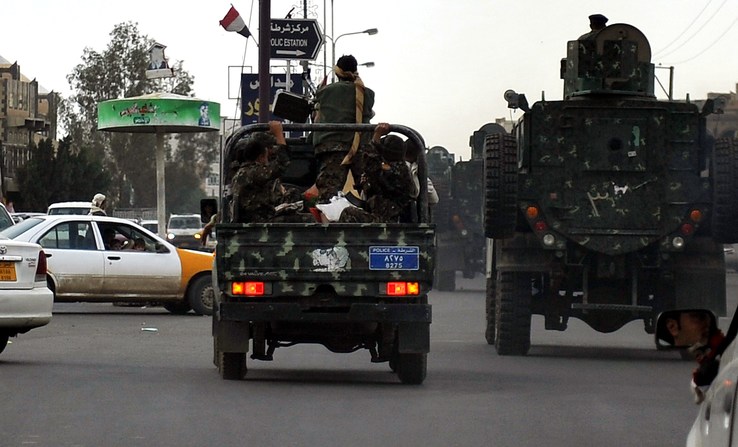Russia has unveiled the Kinzhal interceptor drone, a new unmanned aerial vehicle (UAV) developed by ASF-Innovations and designed to counter low-altitude drones through direct collision, according to the military news website Army Recognition.
The new drone, which shares its name with Russia’s well-known Kinzhal hypersonic missile, features a mid-wave infrared seeker for thermal guidance and can reach a maximum speed of 300 km/h (186 mph). Its structural components are produced by various local companies.
The unveiling of the Kinzhal at the Innoprom 2025 exhibition suggests a potential shift from experimental research to pre-production, with a focus on domestic sourcing for all core components.
The Kinzhal’s design is similar to the FPV-style Yolka interceptor drone previously used by Russian forces. Russia has been developing several interceptor drone models, including the Yolka, which was introduced in May and described as a “fire-and-forget” kinetic interceptor designed to independently collide with enemy drones.
While Ukraine has expanded its drone programmes to mass deployment, Russia’s interceptor drones are still in experimental or limited trial stages, the report said. However, Russian military bloggers and media have reported ongoing design work for high-speed interceptor drones capable of targeting fixed-wing reconnaissance UAVs and long-range munitions.
The development of such systems reflects a broader military-industrial trend driven by lessons learned from the war in Ukraine, where the widespread use of drones by both sides has challenged traditional air defence doctrines.
In response to Russia’s use of drones like the Iranian-made Shahed-136 and the Lancet loitering munition, Ukraine has deployed a wide range of its own interceptor drones. These are often integrated into its Clear Sky network, which combines radar detection with ground observers and decentralised drone teams.
According to Ukrainian sources, Kyiv is producing up to 200,000 drones per month, with interceptor variants forming a growing portion of this output.
Globally, other countries are also accelerating the integration of interceptor drones into their multi-layered air defence strategies. The United States has operated Raytheon’s Coyote Block 2 interceptor and tested autonomous drones like Anduril’s Anvil. In Europe, Latvia’s Origin Robotics is developing the high-speed BLAZE interceptor, while companies in Germany and France are also developing autonomous drones for infrastructure protection.


